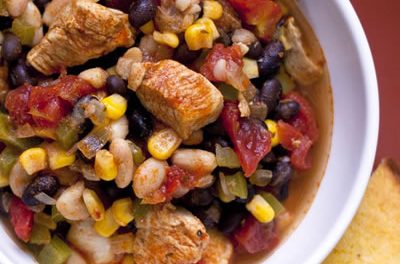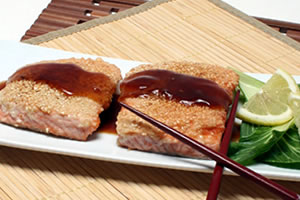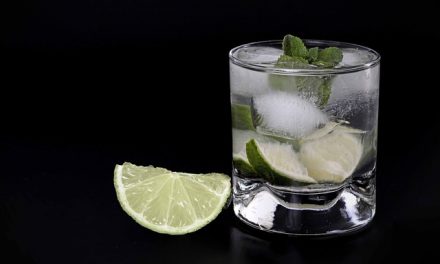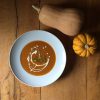Does the serving size listed on a food label signify the amount that is healthy for you to eat? No, not always.
The serving size on the label provides a reference amount for interpreting the other information on the label's Nutrition Facts panel. It's the first item you should look at to see what that food is contributing to your overall eating.
Measure the amount you usually eat and compare to what is on the label.
For example, if the serving size for a food item lists a half-cup, but you eat one cup -- if the label says 140 calories, you are getting double that: 280 calories.
On the other hand, if you have one slice of whole-wheat bread and the label lists a serving as two slices, or a half-cup of frozen broccoli instead of the one cup that is a standard label serving, then you are getting half as many of the listed calories, as well as fiber and vitamins.
You can also use the serving size to compare nutritional differences between similar foods.
For example, if you're looking for a cereal high in fiber, when you can compare the cereal's labels to see which one has more, make sure you are comparing similar amounts.
How much you should eat for a healthy portion depends upon your nutrient needs based on your age, gender, physical activity, overall calorie needs and more.
Even for two people with similar overall needs, a portion size that works well for one person may differ from the best portion for someone else if they differ in the other food choices and amounts they select.
If you have questions about serving sizes and the amount of food you should be eating, contact a dietitian or certified diabetes educator. They can help you develop a meal plan that works best for you, and refer to when considering products and comparing food labels.
You can also visit our section on Diabetic Meal Planning for articles and information.
0
Karen Collins, MS, RDN, CDN, FAND; AICR; USDA









